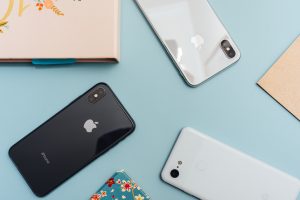
Apple recently acquired a patent that would disable an iPhone’s camera, recording ability and even put it into sleep mode. The patent characterizes its function as “forcing certain electronic devices to enter ‘sleep mode’ when entering a sensitive area”. There are certainly some benefits of this feature that would make life a little less annoying. Wouldn’t it be wonderful to never enjoy a film without the interruption of someone’s cell phone? College lectures would be silent of ringtones and it could even cut down on cheating. While these functions appear to be harmless and even beneficial, there are serious legal questions being raised that cause some to worry about other uses of the patent. What exactly is a sensitive area and who gets to determine this?
Governments and organizations would be able to ‘geofence’ a targeted area. Imagine having no means of capturing footage of a political protest. Police could shut down communication and dissent. This has already happened in San Francisco when police shut down cell service after reading about planned protests online. This could be standard operating procedure for police departments across the country.
What happens when this technology gets placed in cars? With government pushing the dangers of texting while driving, it isn’t out of the realm of possibility that cars be would be considered ‘sensitive areas’ and your phone forced into sleep mode throughout your ride. The list goes on for the “what ifs” and there is no doubt that lawsuits will be filed when this patent is used. But the important thing to remember is that people should be asking these questions so that their first amendment rights are not taken from them right under their noses.

